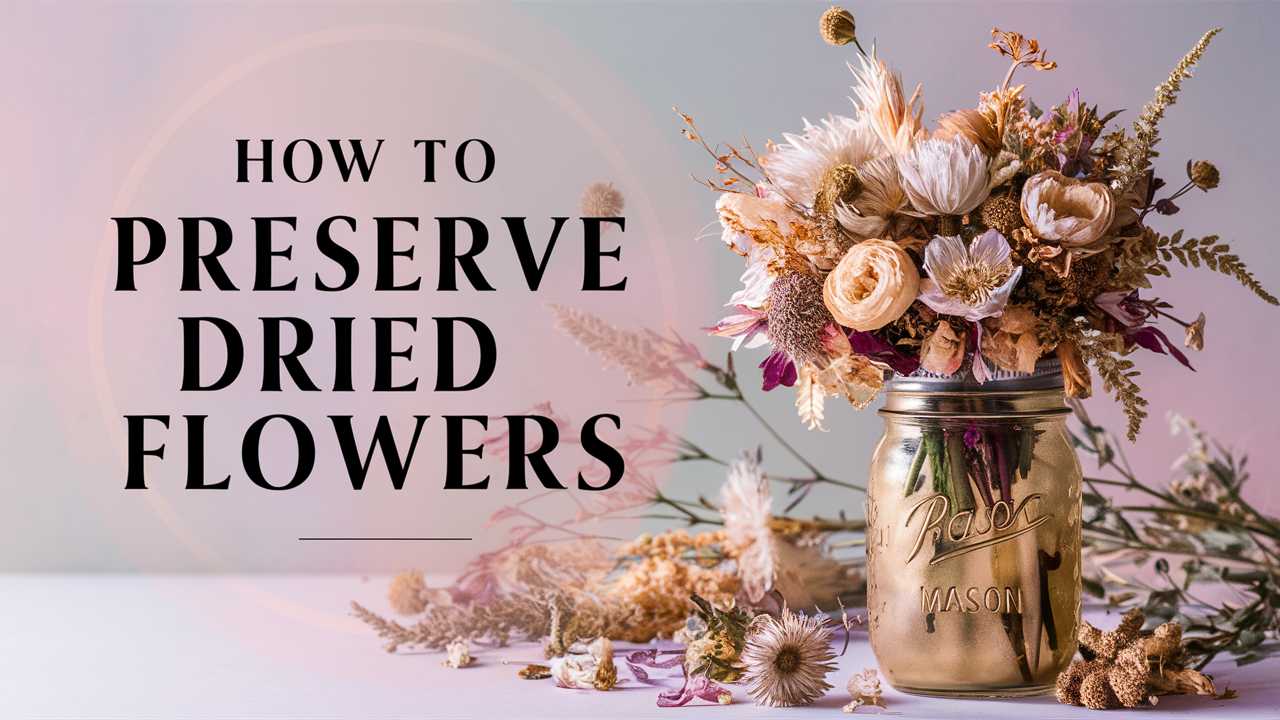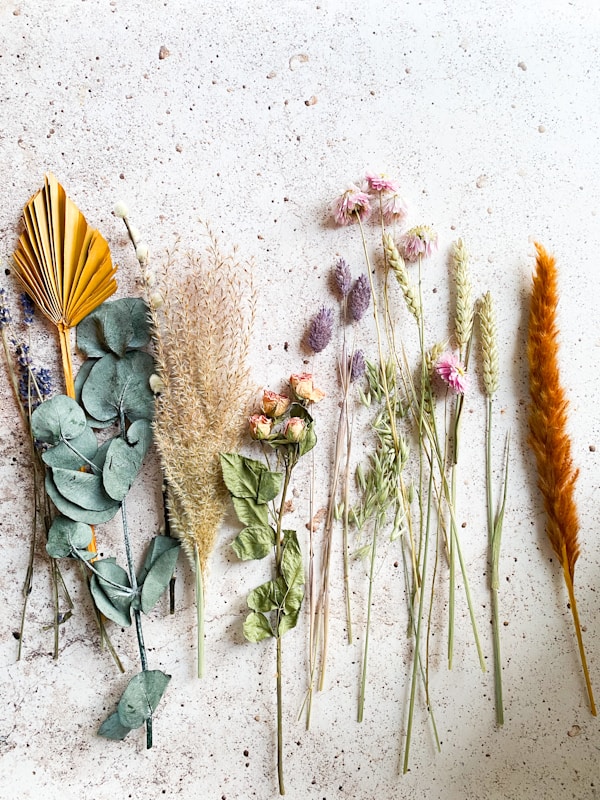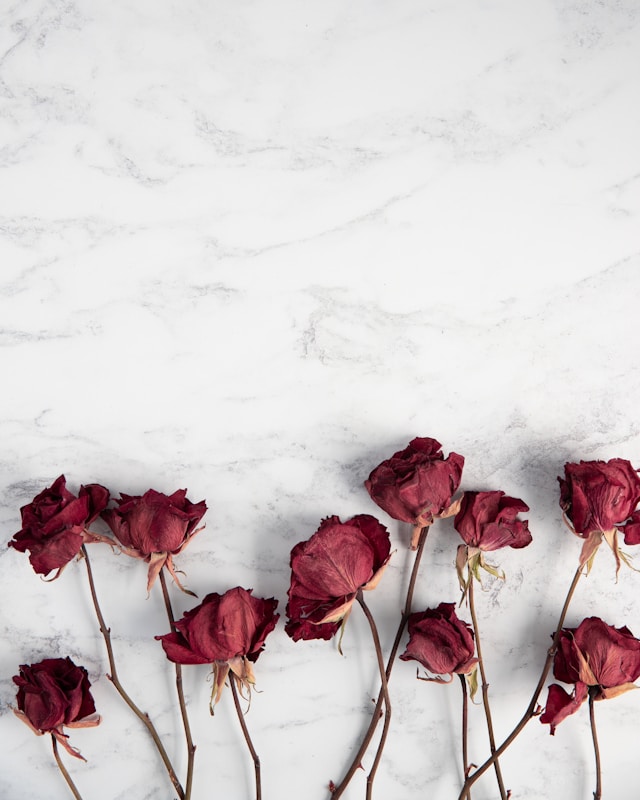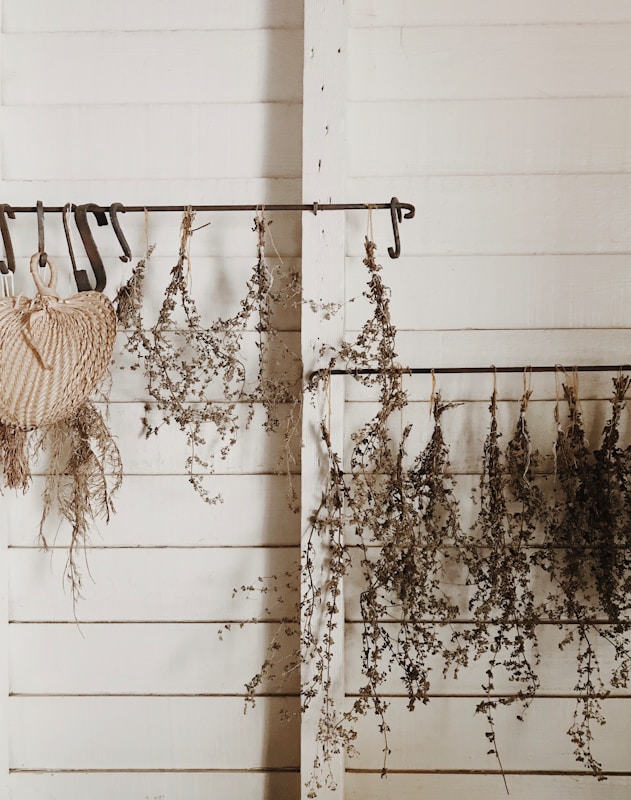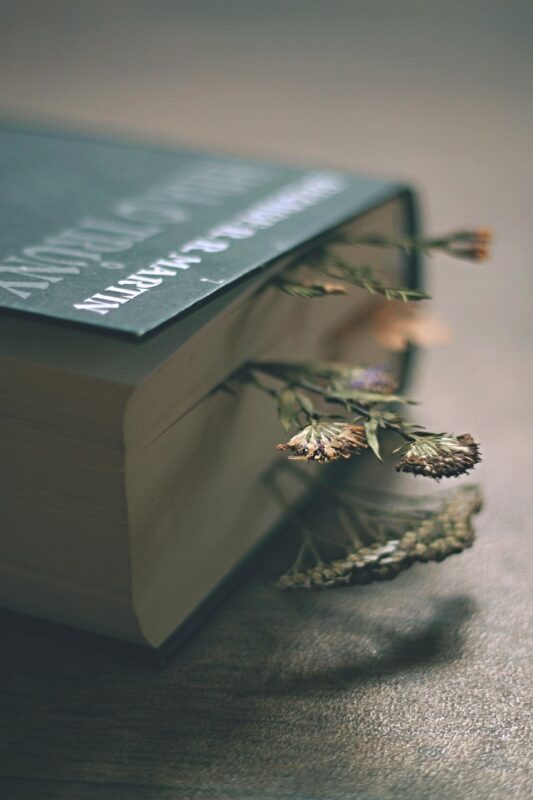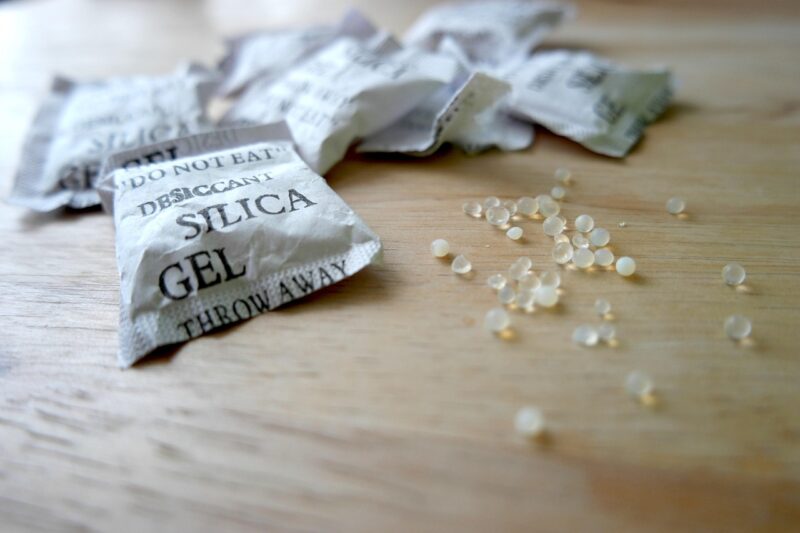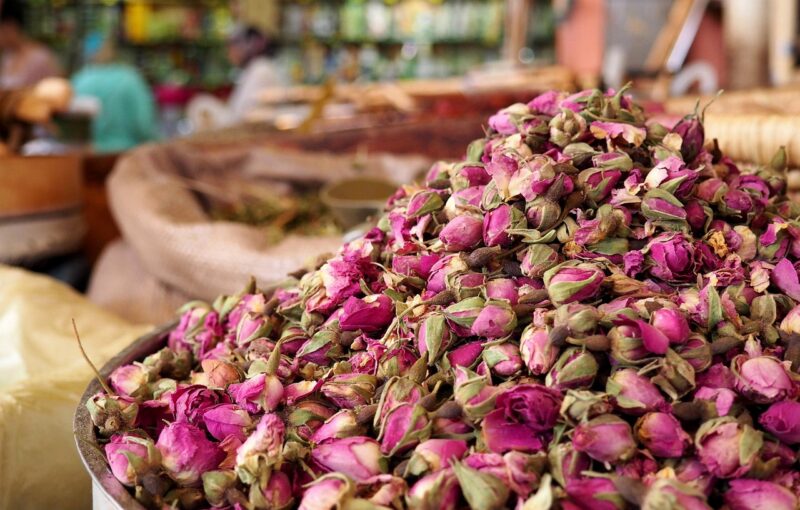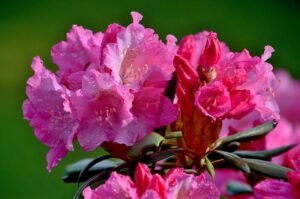The delicate beauty of dried flowers has long enchanted crafters and decorators alike. Their muted tones and preserved forms tell stories of seasons past, making them perfect for everything from home décor to meaningful gifts.
As someone who has spent countless joyful hours exploring the art of floral preservation, I have learned that preserving dried flowers is not just a technique; it’s an expression of creativity, nostalgia, and love.
In this post, we’ll journey through the various methods of preserving dried flowers, care tips to prolong their life, creative uses in décor, and the emotional significance behind dried blooms.
Understanding the Allure of Dried Flowers
Before we commence on the technical aspects of preservation, it’s essential to appreciate why dried flowers hold such a special place in our hearts. For many, flowers evoke memories—weddings, anniversaries, or special moments gifted with blooms. Dried flowers allow us to keep those memories alive, transforming fleeting beauty into lasting treasures.
The process of transforming fresh flowers into dried beauties can be likened to capturing a moment in time. The colors may fade, yet there’s a charm in their muted tones that often resonates more profoundly than their vibrant counterparts. Each dried stem carries with it a whisper of the time when it bloomed and the joys associated with it, which is perhaps why their popularity continues to grow.
Selecting the Right Flowers for Drying
Not all flowers are fit for preservation. Understanding which blooms will maintain their form and color can significantly enhance the success of your drying journey. Flowers with high moisture content, such as peonies and tulips, are not ideal candidates for drying. Instead, consider using:
Roses: A classic choice, especially when using hybrid tea roses known for their sturdy petals.
Lavender: This timeless herb not only dries beautifully but also imparts a lovely fragrance.
Statice: Their rich hues remain vibrant, making them a favorite among crafters.
Eucalyptus: Beyond flowers, foliage like eucalyptus adds texture and a lovely aroma to your arrangements.
When selecting flowers, pay attention not only to their type but also to their condition. Choose buds that are free of blemishes and fully open but not wilted. If you’re gathering flowers from your garden, do so in the early morning after the dew has dried. This timing ensures the blooms are at their freshest.
Techniques for Drying Flowers
There exist several techniques for preserving dried flowers, each with its unique charm and suitability for different kinds of blooms. Below are the most effective methods, each allowing for personal expressions of creativity and care:
Air Drying
Perhaps the most traditional method, air drying involves hanging flowers upside down in a warm, dark, and dry place. Start by stripping excess leaves off the stems, which can foster moisture retention and lead to mold. Gather stems in small bunches using rubber bands, and find a dark place with good airflow—think a closet or a wine cellar. Leave them hanging for about two to three weeks. The result is a rustic, organic look that speaks to the natural beauty of each bloom.
Pressing Flowers
This method transforms flowers into flat, artistic specimens, perfect for bookmarks, cards, or framed artwork. Choose a heavy book, line it with parchment paper, and place your flowers inside, ensuring they are not overlapping. Close the book and add weight on top. After a few weeks, you’ll find beautifully preserved petals, ready to be used in various crafts. This technique underscores the delicacy of each bloom, making them ideal for minimalistic art pieces.
Using Desiccants
For those craving speed and efficiency, employing desiccants like silica gel can yield quick results. Bury fresh flowers in a container filled with silica gel to absorb moisture rapidly. This method helps retain the shape and vibrancy of the blooms, although it does require a bit more effort and supplies. Carefully follow the instructions on silica gel packets, checking back after several days for a delightful surprise.
Microwave Drying
If you are looking for a fast-track approach, microwave drying can be an exciting option. Place flowers between two plates with some desiccant, then microwave on low heat for short intervals, checking frequently. This modern technique can yield stunning results in just a matter of minutes and is perfect for crafting last-minute gifts.
Caring for Dried Flowers
Once you’ve successfully preserved your blooms, the next step is to care for them. Proper care can enhance the longevity and aesthetic appeal of dried flowers, transforming them from mere decorations into cherished keepsakes.
Dusting and Cleaning
Unlike fresh flowers, dried blooms attract dust, which can detract from their beauty. To keep them looking their best, gently dust them with a soft brush or use a can of compressed air to remove debris. This simple maintenance routine can extend their life and keep your arrangements vibrant.
Storage Conditions
Dried flowers should be stored in a cool, dry place away from direct sunlight. Excessive heat can warp their form, while moisture can lead to the unwelcome growth of mold. If you’re displaying them in an arrangement, consider using a glass or acrylic case. This not only protects them from dust but can also highlight their beauty in an unobtrusive manner.
Avoiding Moisture and Humidity
Humidity and moisture are the enemies of dried flowers. Living in a humid climate? Opt for silica gel packets or humidity absorbers near your dried arrangements. A small investment can save you from encountering the heartbreaking sight of mold or disintegration.
Creative Uses for Dried Flowers
The versatility of dried flowers extends far beyond mere arrangements. Here are some unique ideas to inspire your next project:
Decorative Arrangements
Dried flowers can serve as striking centerpieces, offering a rustic yet modern aesthetic. Mix various textures and hues to create captivating arrangements, or stick to a monochromatic palette for a sophisticated look. Consider using dried twigs and grasses to add dimension or even incorporate seasonal elements to reflect the changing seasons.
Crafting Gifts
Preserved flowers make wonderful gifts. Imagine a handmade card adorned with pressed flowers, a uniquely crafted bookmark, or a framed piece of floral art. Whether for a wedding, a birthday, or just because, bespoke creations can carry heartfelt emotions. The process of crafting these gifts allows you to infuse your personality into every piece, making them truly special.
Home Fragrance
While dried flowers may lack the fragrance of their fresh counterparts, they can still carry scents if paired thoughtfully. Infuse your dried arrangements with essential oils or tuck in clusters of dried lavender for a subtle scent that enhances your space. Placing a few dried roses in a linen drawer infuses your textiles with a faint yet beautiful aroma.
The Symbolism of Dried Flowers
Embracing dried flowers goes beyond mere aesthetics. They carry profound meanings for many cultures. In Victorian times, the “language of flowers” signified emotions and sentiments. A dried rose might symbolize love, while dried lavender could evoke purity. In this sense, dried flowers have immense potential for conveying heartfelt messages.
The significance of preserving florals also reflects a broader theme of nostalgia; it’s a way to hold onto memories, moments, and transitions in life. Their stillness serves as a reminder of the beauty that exists in impermanence—a poignant lesson applicable to our fast-paced lives.
The Sustainability Aspect
In a world increasingly focused on sustainability, preserving dried flowers boasts a significant eco-friendly advantage. By utilizing locally sourced blooms and reducing waste, the practice supports a more sustainable approach to floral aesthetics. Dried flowers last longer than their fresh counterparts, thereby minimizing waste in the floral industry. Plus, incorporating dried flowers into your home can reduce the need for artificial decor.
Community and Collaboration
Much like a garden thrives through community, the art of preserving flowers can be enhanced through collaboration. Join local workshops on floral design or engage with DIY craft circles. Not only can these interactions provide hands-on experience, but they can also forge connections with like-minded individuals who share your passion. The exchange of ideas and stories can lead to innovative techniques and methods for preservation, enriching your floral journey even further.
Conclusion
In the world of preservation and floral artistry, dried flowers stand out as both a symbol of memory and a canvas for creativity. Whether through air drying, pressing, or employing modern techniques like microwave drying, each method offers a unique expression of love for nature’s beauty. By understanding the care these blooms require and exploring their diverse applications, we witness not just an art form but also a heartfelt endeavor to cherish moments.


